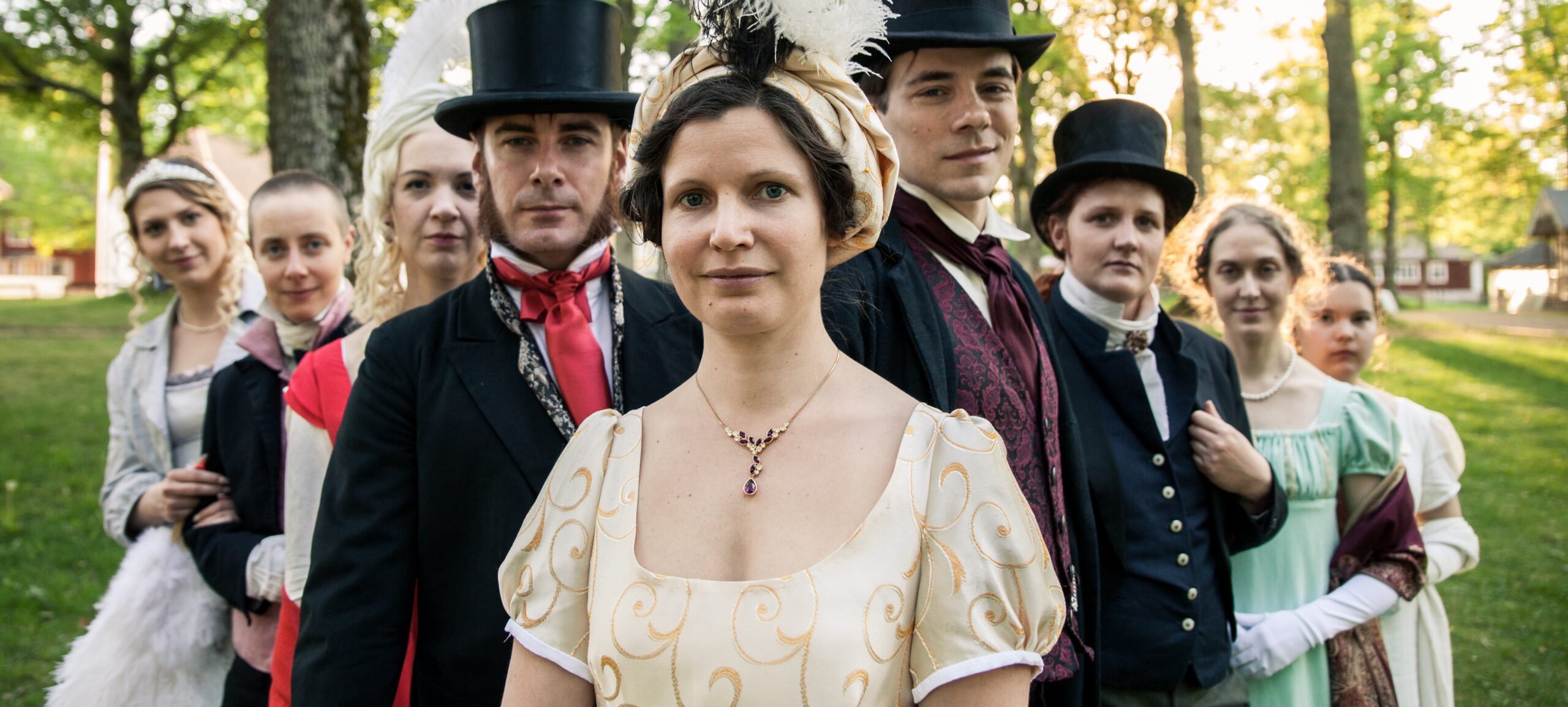Tag: Nordic Larp
-

The Final Nordic Larp Manifesto: The 95 Theses of Larp
in
THE 95 THESES OF LARP, the final manifesto of Nordic Larp. A Nordic larp manifesto made at Knutepunkt 2017 by a coalition of larpers from around the world.
-

Tears and the New Norm
in
In recent years, we — the Nordic/International progressive role-playing scene, both tabletop and larp — have produced games that can bring out powerful emotions in the players, and empower the players to engage with powerful emotions. This process has significantly extended the artistic reach of the role-playing medium, and also given a lot of people
-
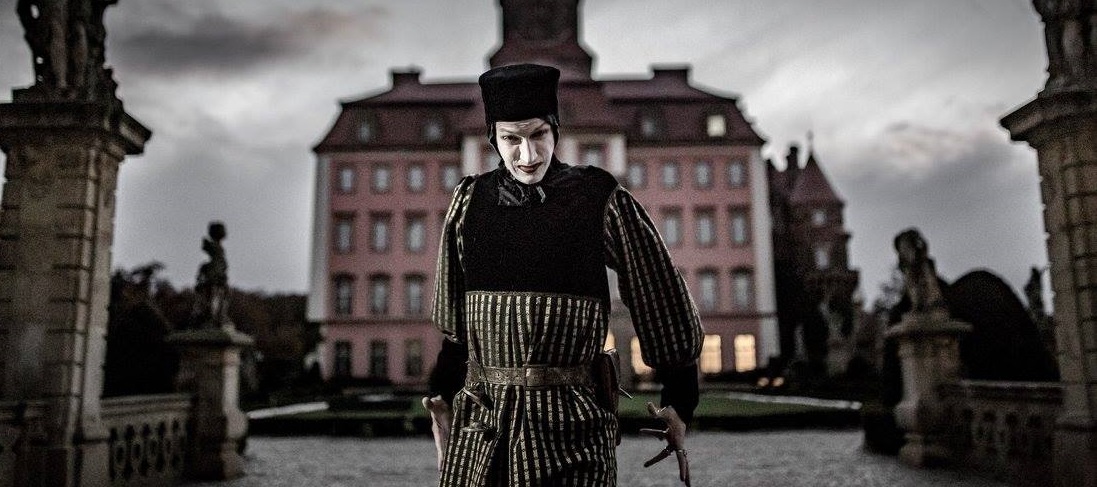
White Wolf’s Convention of Thorns – A Blockbuster Nordic Larp
Convention of Thorns is an official White Wolf Nordic-style Vampire: the Masquerade larp. The first run was held between October 27-30, 2016 at Zamek Książ, a castle in Poland. The larp was a joint collaboration between White Wolf and Dziobak Larp Studios. This scenario plays out a crucial moment in the canon of vampiric history,
-

Bjarke Pedersen – Becoming the Story
in
Danish larp producer Bjarke Pedersen of Odyssé is talking at the Future of StoryTelling conference in New York in 5-6 October 2016. Here is a short talk (3m 26s) where he eloquently and concisely describes what larp is.
-

There Is No Nordic Larp – And Yet We All Know What It Means
in
Disclaimer: The opinions expressed herein are those of the authors and do not necessarily reflect the official policy or position of Nordiclarp.org or any larp community at large. “Nordic larp is like porn. I know it when I see it.”((Adaptation of a quote by United States Supreme Court Justice Potter Stewart (1964) )) Ten years
-
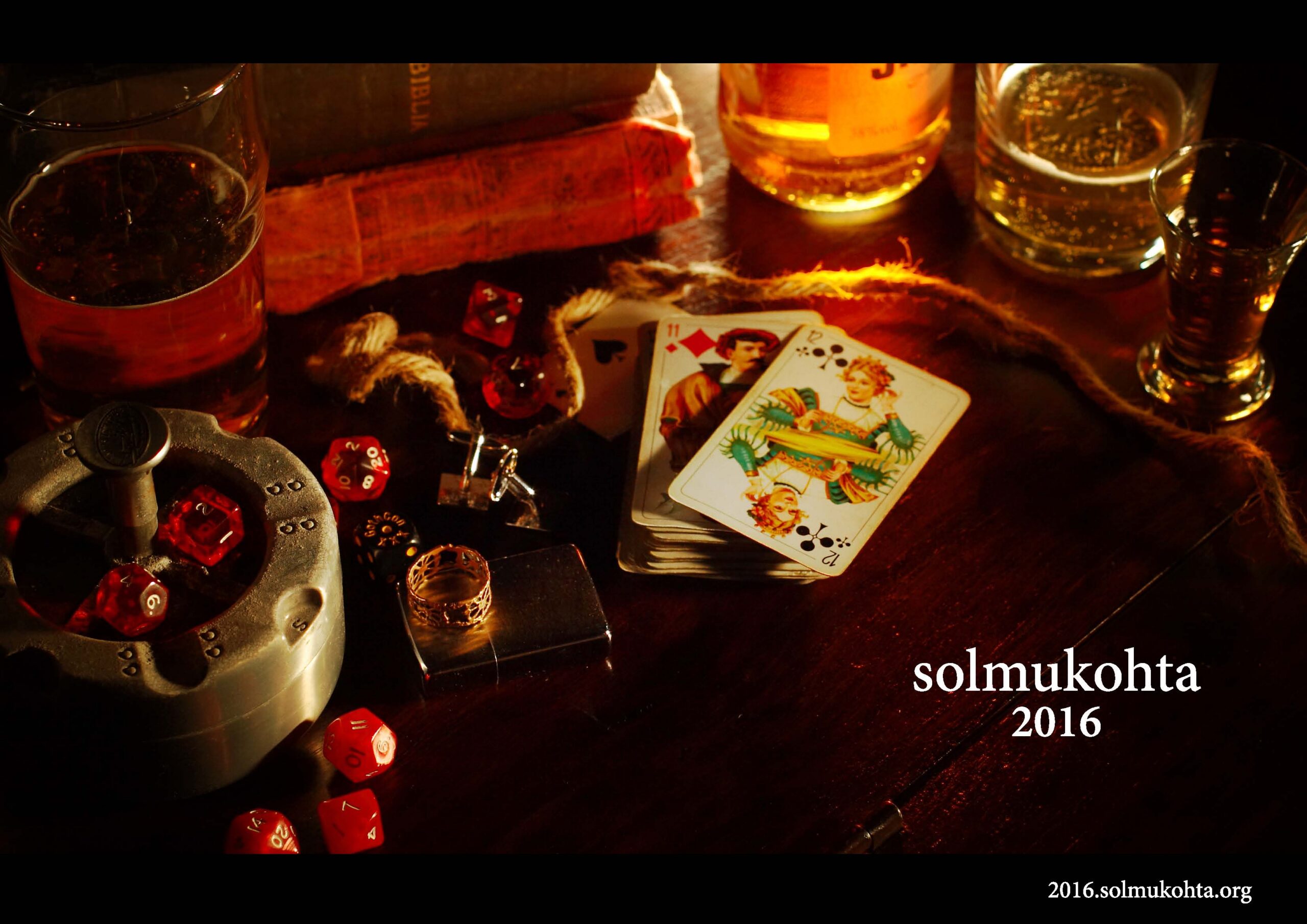
Ship Ahoy! Mark your calendar for Solmukohta 2016!
in
On Wednesday the 9th to Monday the 14th of March 2016 it’s once again time for the international roleplaying conference Solmukohta. The conference often known as Knutepunkt is this year in Finland and therefore goes by it’s Finnish name Solmukohta for 2016. This Solmukohta will be truly Baltic as the location is a Tallink Silja cruise
-
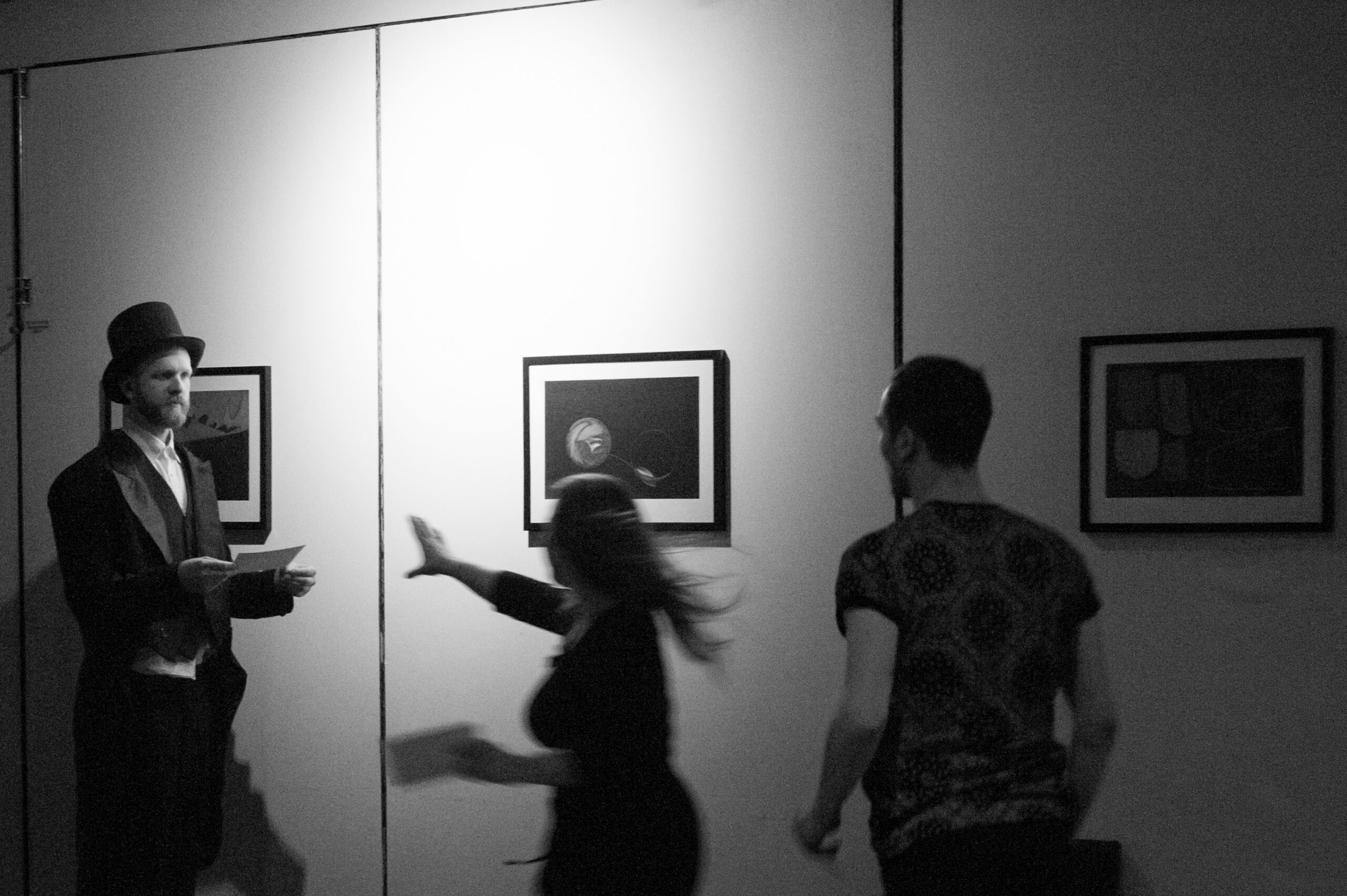
Nordic Style Larp in the UK
in
The UK has a large and thriving larp industry, going back to the early 1980s and with an estimated 100,000+ current active participants. But awareness of larp traditions in other countries, and in the Nordic scene in particular, has been minimal until very recently. In particular, the few months since Knutpunkt 2014 have seen a flurry
-
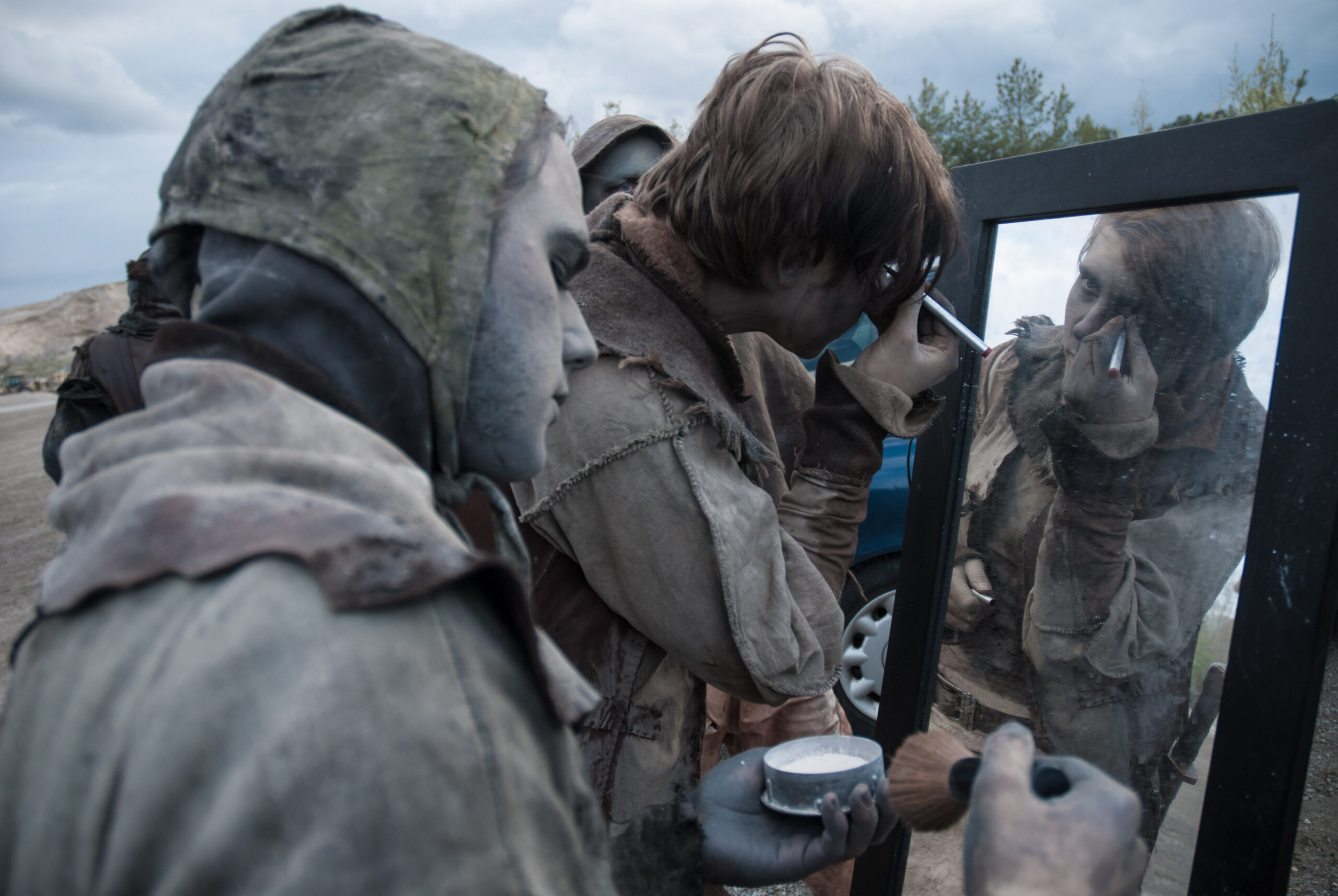
We Don’t Abide to the Law of Jante
in
Swedish larper and writer Mia Sand replies to Sanne Harders opinion piece about the culture of the Nordic larp scene.
-

The Law of Jante in Nordic Role-playing
in
The good roleplayers exist, but is our naive egalitarianism scaring them away? A Danish writer, teacher and game designer takes a closer look.
